When the President Comes to Campus
From Cleveland to Clinton, looking back at 20th-century visits by American presidents
According to research from University Archivist Dan Linke, at least 26 American presidents have visited Princeton, including 12 of the 18 presidents who served in the 20th century. Below, read some of the highlights of presidential coverage in PAW since the magazine’s founding in 1900.
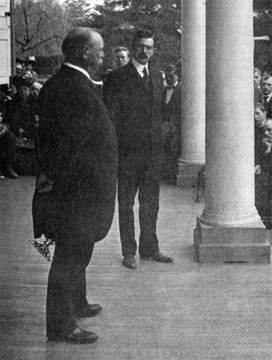
President William H. Taft visited the campus in May 1912 for the inauguration of University president John Grier Hibben 1882. Taft and Chief Justice Edward Douglas White each received honorary degrees during the ceremonies. “I feel a deep gratitude to this grand old university for making me a Princeton man,” Taft said. “I feel further gratitude to her authorities for giving me an opportunity, for half a day at least, to enjoy the quiet and the inspiring atmosphere of these historic academic shades.”
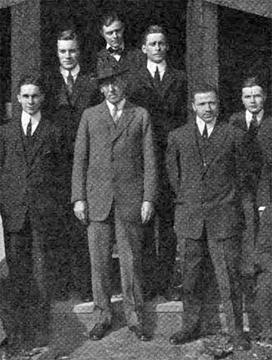
In November 1917, ex-president (and Army colonel) Theodore Roosevelt delivered the annual Stafford Little Lecture, speaking on the topic of “National Strength and International Duty.” As PAW reported, “The point which he drove home with vigorous insistence was the importance of national preparedness, especially before war, a policy which he has strongly advocated ever since he had been in public life. While he repeated his criticisms of past and present delays in preparation for war, he also urged whole-hearted support of the government in its efforts to meet the crisis.”
Three presidents — one past (Herbert Hoover), one present (Harry Truman), and one future (Dwight Eisenhower) — were on hand as Princeton marked the end of its bicentennial celebration in June 1947. Other guests of honor included Albert Einstein, Adm. Chester Nimitz, and two former first ladies, Edith Wilson and Frances Folsom Cleveland Preston. NBC Television broadcast the festivities on its New York, Philadelphia, and Washington, D.C., affiliates, setting up transmitting equipment on the top of Reunion Hall.
President Lyndon Johnson helped Princeton dedicate the new home of the Woodrow Wilson School (now Robertson Hall) in May 1966. Johnson stressed the value of graduate education in his remarks and said that “to wear the scholar’s gown is to assume an obligation to seek truth without prejudice and without cliché, even when the results of the search are at variance with one’s own opinions.” He dedicated the building not just to the former president or to the Nation’s service, but “to learning in the service of all mankind.”
President Jimmy Carter was just two months removed from his time in the White House when he came to speak with Princeton students in March 1981. Sixty students met the former president in a question-and-answer session. PAW student columnist Todd Purdum ’82 explained that Carter’s “only public appearance was to be a brief ‘photo opportunity’ as he entered the building; there were no formal meetings with the press. … Carter’s staff was reluctant to have him speaking for the record so soon after his successor’s inauguration.” Carter was back on campus in December 2014, speaking about challenges to women’s rights in cultures around the world.
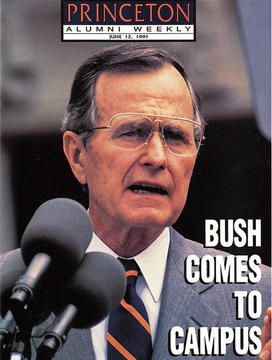



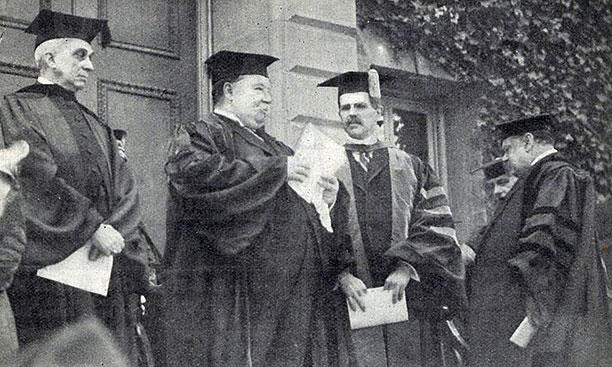
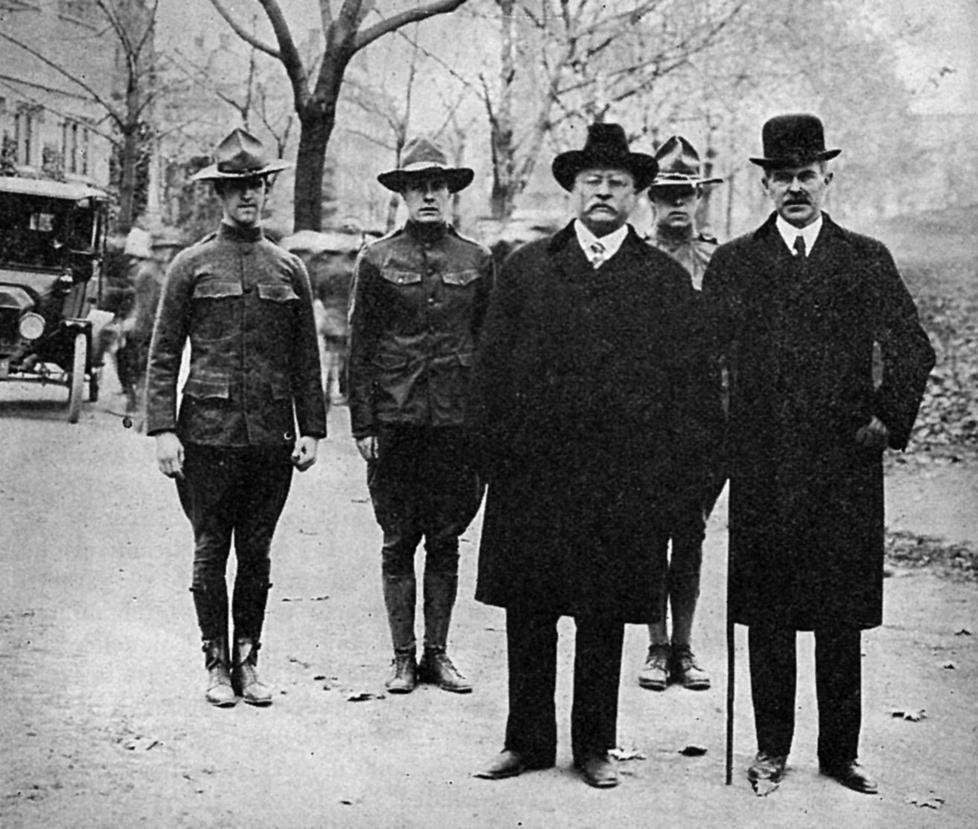
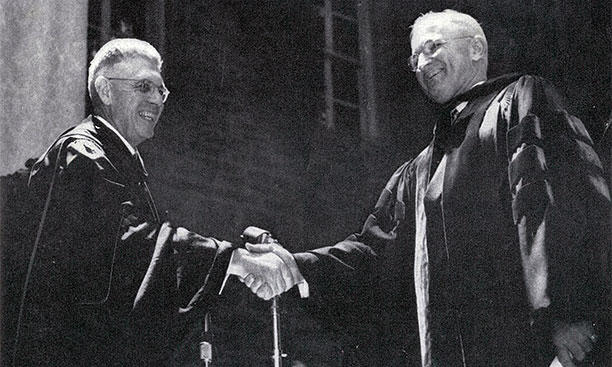
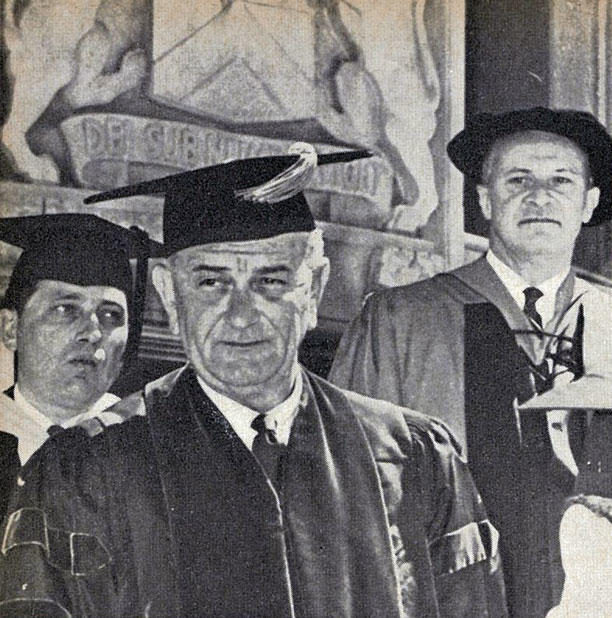

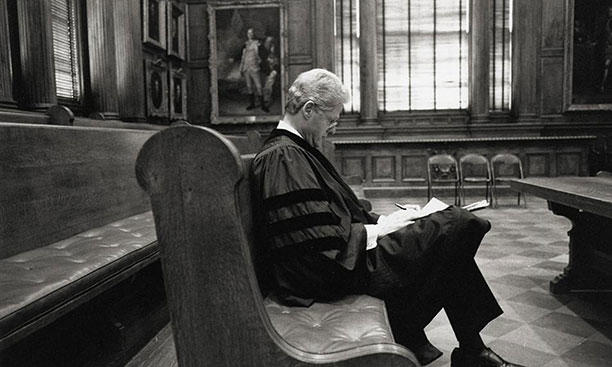





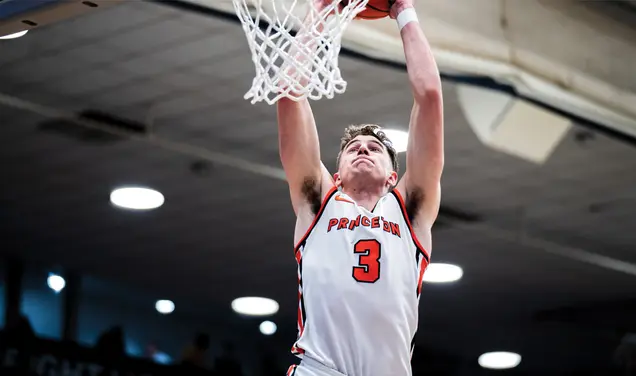



No responses yet